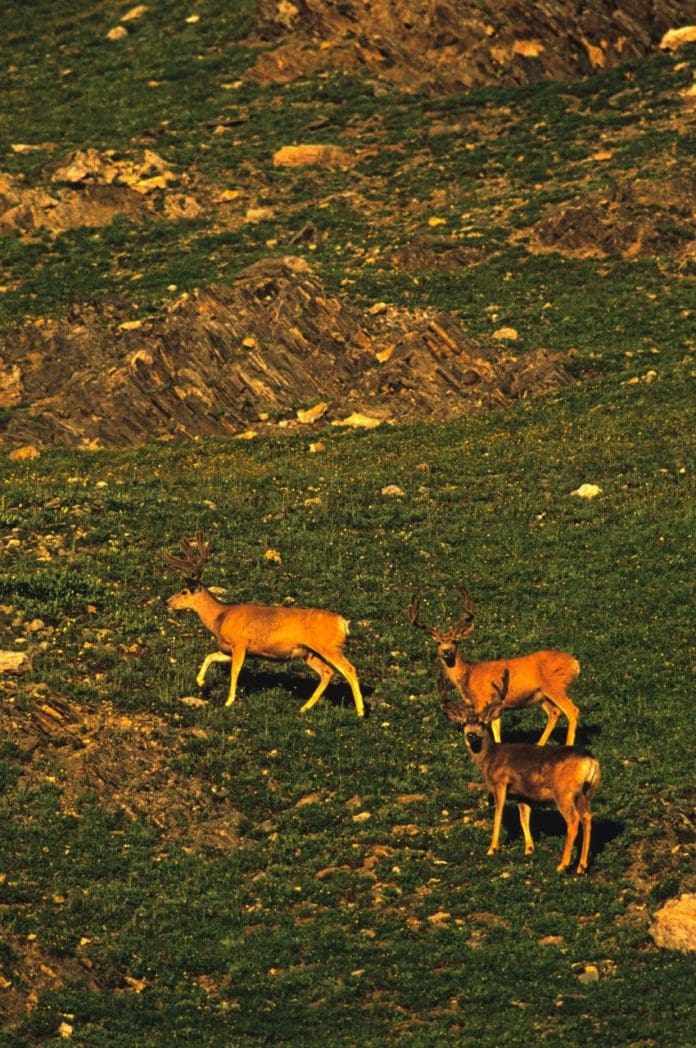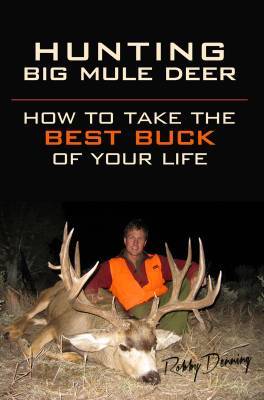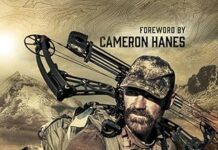
As I’ve written over the years on this blog, scouting is the great equalizer. While you can never count on drawing a great tag or the weather, you can count on your sightings of big mule deer in the preseason as the best way to up your odds at tagging him.
In most units we can count on hunting more than once in a lifetime, big mule deer are far and few in between. The days are gone when a hunter could just hunt hard and kill a big mule deer every year. You have to know your areas well and if possible, be hunting exact bucks you’ve scouted in the preseason. Here a a few items I’m thinking about this time of year that might help you:
1) What’s my tag situation?
Did I draw any special tags? If so, I’m smart to throw everything I have at making that tag a success. Don’t fall into the trap that the unit’s reputation will ensure you’re going to kill a buck. Make sure you visit your area—even if it’s a migration hunt and there are no deer there now—to ensure you save valuable hunting days once season opens. If it’s a hunt that occurs before mid-October, there’s a good chance the bucks will summer in the area and you should be trying to lay eyes on a buck worthy of the tag.
If it’s just the ol’ OTC-fall-back hunt, scouting is even more important. With higher hunting pressure in OTC units, you have no advantage over other hunters once the season opens except if you know where a big buck lives. That way while everyone else is jumping all over the place and complaining about the poor hunting, you can be focused on an area where a big buck lives this year.
2) What’s my vacation situation?
Hunters sometimes wonder if their time is better spent on the hunt than scouting. Every unit is different, but there should be a balance between the two pursuits. No scouting and all hunting often leads to a tired, burned-out and doubtful hunter come about day four of the hunt. Scouting can help spread your energy out so you don’t get so worn down during the hunt. Google Earth is a great tool, but can’t replace your own time spent in the area you’ll be hunting come fall.
If the area you’re hunting receives much pressure, I’d lean toward more scouting and less hunting. Old bucks typically only get old in country with plenty of escape cover. If the season is short or you can only hunt the opener, your productive hunting days will be very limited. Scouting can help focus your efforts where the best bucks are most likely to be hiding. My point in all of this is that your days away from work are likely limited and scouting can help make the most of your actual hunting days.
3) Accurate Weapons
It does no good to invest a month into scouting only to be packing a weapon you can’t count on. I think you need to be shooting a rifle that will put three shots into a 1″ spot at 100 yards, a bow that can deliver a first-shot killing arrow to 70 yards, and a muzzleloader that can put it’s first two shots under two inches with a peep at 100 yards. Scoped muzzleloaders should be able to do even better.
Sighting your weapon in a week before the season is no way to stack the odds in your favor. Make sure you’re preparing your weapon now when the stress of the season is still a ways off. Now is a great time to detect accuracy and functionality problems, improve your skill, and just enjoy the preparation.
Keep these three items in mind as you prepare for this fall’s hunts. You won’t regret the time and effort spent now.
To learn more about scouting, check out my book, Hunting Big Mule Deer





















